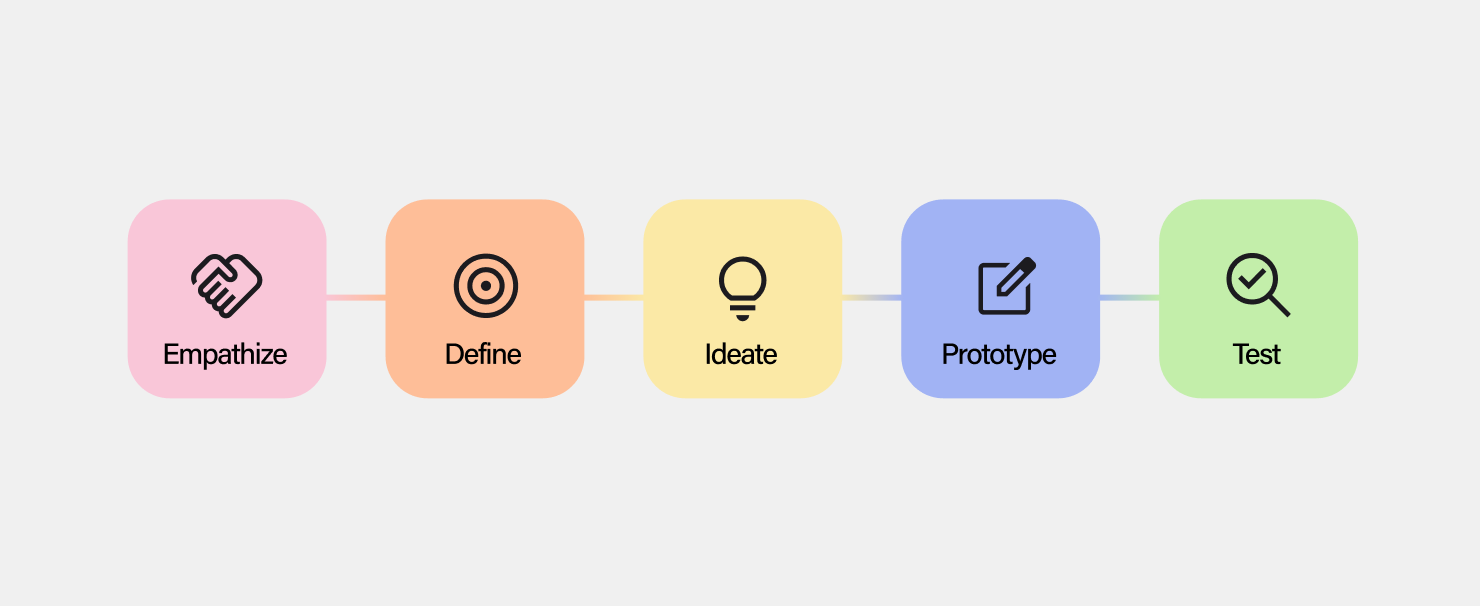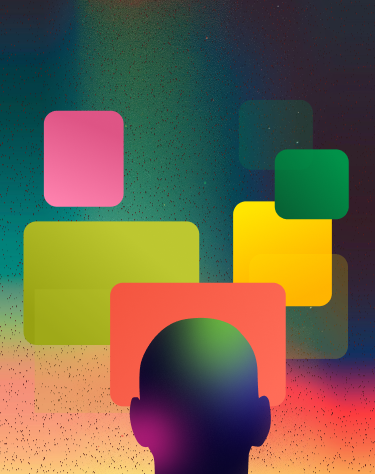Industry Practices
What is UX Design?
User Experience design is a collection of methodologies that combines business strategy and user goals to enhance the usability and accessibility of a digital product. It involves looking at the user’s entire journey through the product and identifying their objectives along the way.
“Good” UX is often described as intuitive, functional, and enjoyable to navigate where “Bad” UX is portrayed as difficult to use or unusable, and overall frustrating.
Difference between UX and UI
Oftentimes, UX and UI get lumped together because of their synergistic nature but they have different purposes, outcomes, and skillsets required. Generally, UX is more focused on the overall feel of the product or how it feels to navigate the product. UI is about the product’s interface itself and how it looks and functions.
UX Design
▪ Focus on the overall experience relating to the user’s journey with the product.
▪ Creative Problem-Solving: Discovering and solving real user pain points and needs.
▪ Centered around the user: Data on users’ motivations, needs, and perspectives are at the key center of solutions
UI Design
▪ Visual Design: Focus on creating a visually aesthetic interface to make it engaging and pleasant.
▪ Clarity: Making sure the interface affordances are clear to all users – making the product usable.
▪ Interaction: Accounting for smaller details like button states, loading states, system feedback, and action confirmations.
Key Components of UX Design
User Research: User Research is an essential aspect to understanding users pain points, motivations, and needs. Research can be conducted through interviews, surveys, usability tests, and observation techniques. Through research findings, personas are created to represent various users of the product that may have different use cases or motivations behind using the product.
Wireframing: Wireframes are low-fidelity screens of product layouts to account for key pages and plan the structure of the pages needed to account for the full user flow. Low-fidelity screens move into a higher fidelity once the layout and user flow is decided.
Visual Design: Visual Design means creating a visual identity for the product. This includes designing the aesthetics of an interface, from colors & typography to creating consistency around container corners and shadows.
Interactions: With high-fidelity designs, designers show how the user will interact with the product. For example, what happens when I click a button or after I submit a form?
Prototyping & Testing: Once all of these steps have been completed, designers create an interactive prototype to test the flow, interactions, and design of the product thus far. The prototype is tested with real users to get their feedback. Designers take their learnings and revise their designs. In this nature, UX is an iterative process where users’ needs and goals remain at the center of the solution.
Accessibility: UX Designers are responsible for making sure that the product is accessible to all users including those with visual impairments. Designers follow accessibility standards and rules that are updated periodically to ensure an accessible space for all.
Design thinking / UX Design Process
A key component of UX Design is Design Thinking. Design Thinking is a problem-solving approach to work to understand the user, their problems and pain points, and boil down the complex issues to more simple, tangible goals and solutions. Design thinking involves 5 stages – empathize, define, ideate, prototype, and test.
During the first empathize step, designers conduct user research/interviews and competitor research to try to thoroughly understand the problem at hand.
From there, designers move onto the Define step and synthesize their learnings to pinpoint user goals, their pain points, and their perspectives. With this information, they form user personas – representations of specific users.

With the personas in mind, designers ideate on potential solutions to the previously identified user problems. They formulate scenarios or specific journeys that accomplish the user’s goals.
In the Prototyping phase, designers start creating design solutions by first diagramming the flows and eventually moving into higher fidelity designs once the best possible solutions have been identified. Designers have a clear idea of the product’s limitations and how their users will interact with the product.
In the final Testing phase, designers test their designs with real users to learn if their designs meet users’ needs and expectations. With their feedback, designers adjust the designs. This is an iterative process, and can have multiple rounds.
Oftentimes, this process is not as linear as it is laid out here and different members of a team can be working on different phases concurrently. The phases being performed in this particular order is not as important as the full understanding and comprehension of the outcomes of each phase. The takeaways of discovering users’ true motivations, goals, pain points, and perspective to create the best possible solution is the goal of the design thinking process.
Goals of UX
The goals of UX design are more vast than one might think given the name. User Experience design is all about making the best experience for the user, right? Well, yes, but another main goal of UX Design is to help the business reach its goals of retention and engagement. A good experience for the user can foster trust and loyalty where a bad or misguided experience can cause frustration and brand abandonment. With accessible and efficient experience design, the user can reach their goals seamlessly while the business retains and gains clients or market share.





